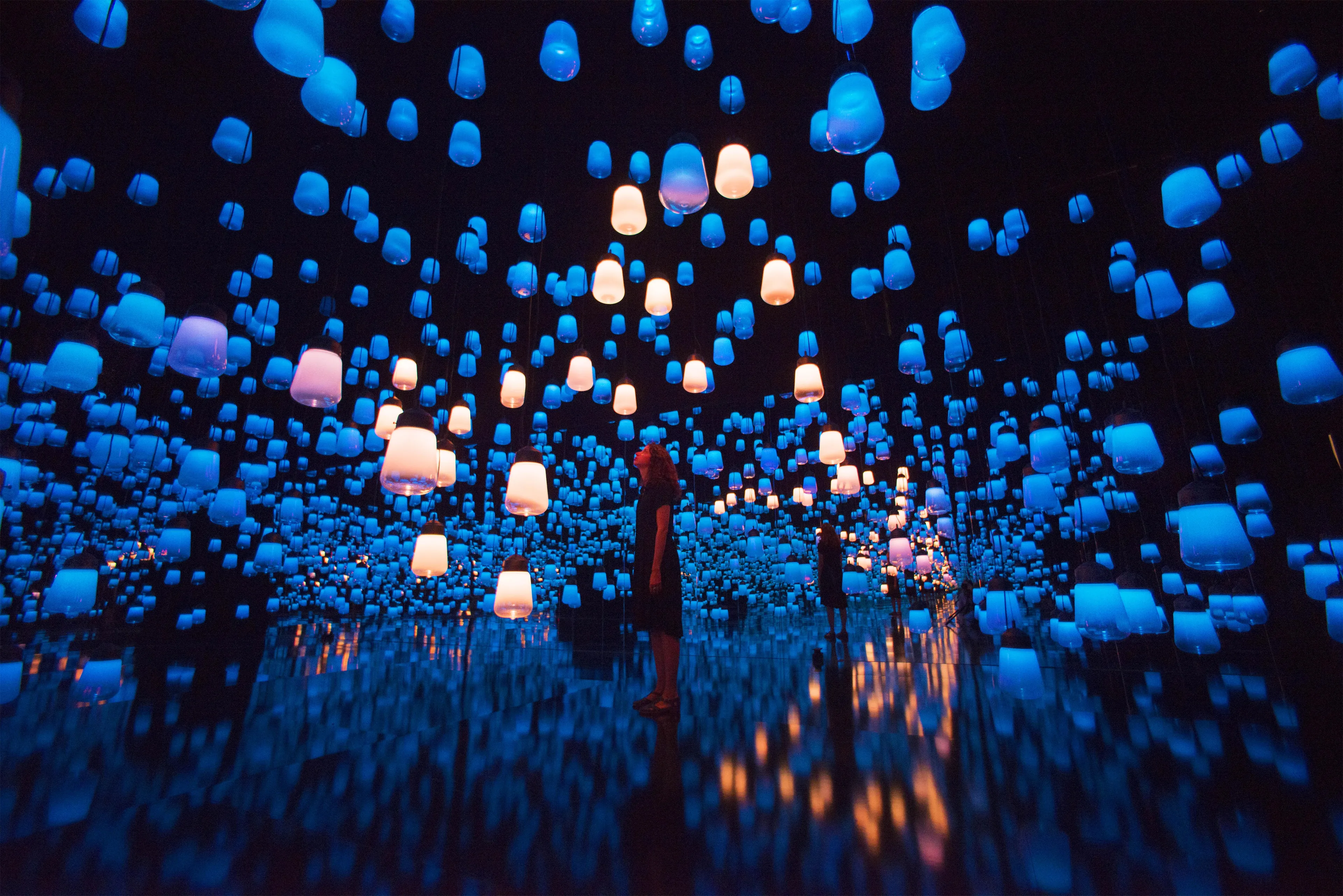Featured on 搜狐, Dec 16, 2017
上市3年累计销量突破40万,15万级最火合资SUV,到底牛在哪?
上市3年累计销量突破40万,15万级最火合资SUV,到底牛在哪? 缤智是广汽本田旗下的一款紧凑级SUV,堪称国内最热门的合资SUV之一。在刚过去的11月成功售出了13974辆,连续多月的傲人走势,让缤智这款SUV在前11个月就实现了2017年139342台的销量成绩,在同级别市场中连续三年销量遥遥领先。(Excerpt from the text)


“teamLab: Dance! Art Exhibition, Learn & Play! Future Park” is a large-scale exhibition that is designed to stimulate people’s creativity and collaborative minds with a form of Future Park. Combining art exhibitions and futuristic amusement park, this exhibition attracted more than 460,000 visitors when firstly opened in Odaiba, Tokyo, in 2015. It was awarded ‘TOP 10 art exhibitions of 2015‘ from the world’s biggest creative media ‘designboom.
‘The Living Digital Space and Future Parks’, the 2nd exhibition that is currently being held in Silicon Valley, reportedly destroyed the long-lasting anti-art tradition of the west coast. Marina Bay Sands, the world's biggest hotel complex located in Singapore, is home to a permanent exhibition since March 2016. The news is covered by numerous local media, including 2 top national newspapers in Singapore. teamLab’s exhibition has been opened also in Thailand from May. From August, teamLab opened their second permanent exhibition at Lotte World (Seoul, South Korea).

Dance! Art Exhibition
Learn & Play! Future Park
Informations sur le Lieu
Durée
Horaires
Accès
Accès
Organisateurs